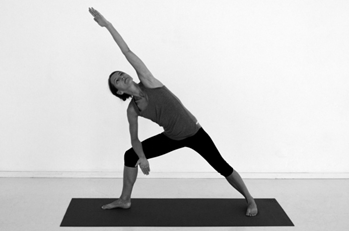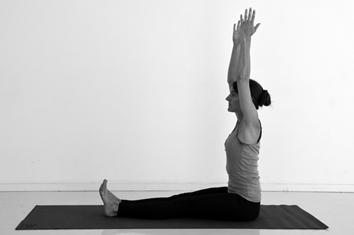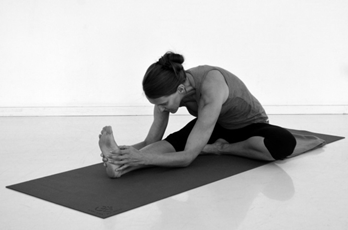Yoga – a small guide to philosophy
The word yoga is derived from the root yu, which has different meanings: “connect, unite, meet”.
The primary meaning of yoga is union – sanskrit samyoga. Yoga also stands for self-control. The word root yuj means samadhi which one can translate with integration.
To understand the basic principles of yoga, one should distinguish the relationship between yoga practices and their effects. The goal of yoga can be described as integration of the personality on all levels. Yoga as physical exercises, yoga as therapy, yoga as philosophy are only part of the whole. There are also practices such as mediation or conscious work.
As a symbol, there is a story of a larger number of blind people arguing about the appearance of an elephant. Each of them came into contact with another part of the elephant. One touches the legs, another the tail, another the trunk and another one ear. Everyone believed that they knew what an elephant is because of this encounter. The reports ranged from a comparison with a column, a broom to a fan. Everyone had a different idea of an elephant, similarly everyone has a different idea and view of yoga.
In the Western world, we usually practice Hatha Yoga – the physical yoga path with postures / asana and breathing exercises / pranayama.

Enjoy a daily break with yoga on the Terrace of your Villa!
You will find a yoga mat in the gym of your Villa.
The 8 aspects of yoga according to Patanjali
| Sanskrit | Meaning | Explanation |
8 | SAMADHI | State of pure consciousness | Union of the limited self with boundless, absolute consciousness |
7 | DHYANA
| Meditation
| Maintaining an uninterrupted flow of thought to the Absolute, the Truth, to God |
6 | DHARANA
| Concentration | Centering the mind on a single thought |
5 | PRATYAHARA
| Peace with the senses | Dissolving the mind of all senses and actions |
4 | PRANAYAMA
| Peace with the nerves | Control of the life energy by regulation of the breath |
3 | ASANA | Peace with the body | Health and balance of body and mind |
2 | NIYAMA
| Peace with yourself | 5 Commitments: Purity, contentment, self-discipline, exploration of the self through study of scriptures, devotion |
1 | YAMA
| Peace with the world | Abstentions: non-violence, truthfulness / sincerity, non-stealing, abstinence, desirelessness |
General notes on the asanas
Prepare your body slowly warming for the asanas. Train your mindfulness in the asana (balance, strained muscles, respiratory flow, opposite exercise). Go gently into the asana, hold without difficulty and come back gently.
Some asanas









Surya Namaskar | Sun salutation
- Exhale; bring both hands together in front of the chest. Samasthiti
- Inhale; stretch your arms up, bend back, your head is on your neck. URDHVA HASTASANA
- Exhale; Prevent. The palms are lying on the floor parallel to the feet, bringing the head to the knees. Forward Bend. Uttanasana
- Inhale; stretch the right leg with a big step backwards. Put the right knee on the ground and turn the head upwards into the rider position. ASHVACHAMSALASANA
- Hold the breath; bring the other leg back to the push-up position; Make sure that the body forms a straight line. PHALAKASANA
- Exhale; first bring the knees, then the chest and finally the forehead to the ground; the buttocks are held up a bit.8 points position. ASTHANGA PRANAM
- Inhale; Slightly push the upper body forwards, forearms remain on the floor, lifting your upper body slightly upwards from the mat with the power of the lower back, head up either, or facing the mat (neck-friendly) cobra. Bhujangasana.
- Exhale; lift the hips and bring the heels to the ground; In this position the body looks like an inverted V. The dog looking down. ADHOMUKHASVANASANA
- Inhale; Bring the right foot with a large step forward between both hands, parallel to the palms. The left knee touches the ground, the head is turned upwards. This position is the same as No.4 riding position. ASHVACHAMSALASANA
- Exhale; Bring the left leg forward next to the right leg. This position is the same as No. 3 Forward Bend. Uttanasana
- Inhale; Stretch your arms over your head and lean back. This position is the same as No. 2. URDHVA HASTASANA
- Exhale; Keep your palms together in front of your chest

Extremely effective in loosening, stretching, massaging and stimulating all joints, muscles and organs. Stretches and warms the body. The versatility makes it one of the most important exercises. Vitalizes the energy of the body directly.
We really hope you enjoy these asanas during your stay at Almodóvar Villas. Take them back home as a memory and bring them back next year.
We hope to see you very soon!